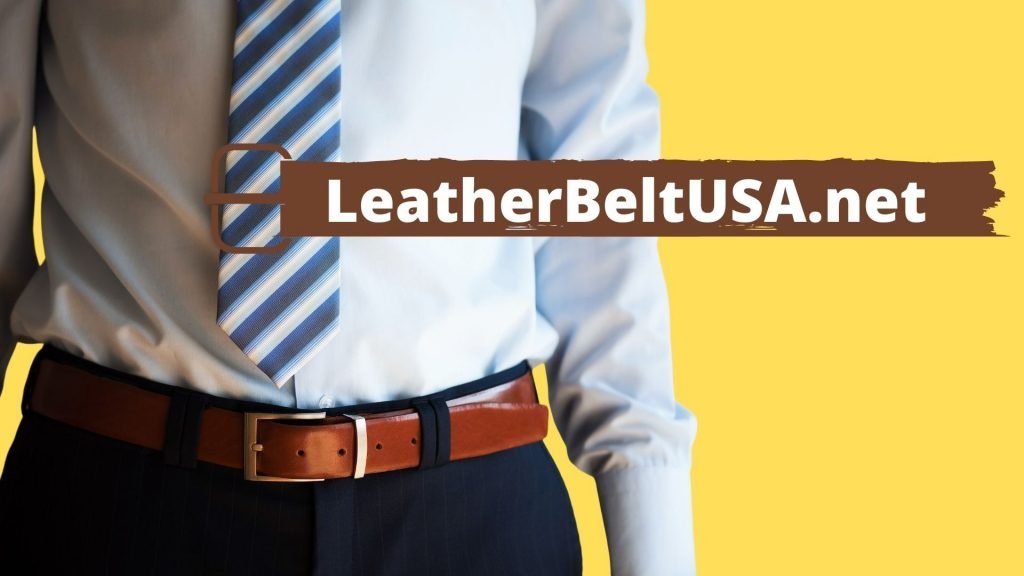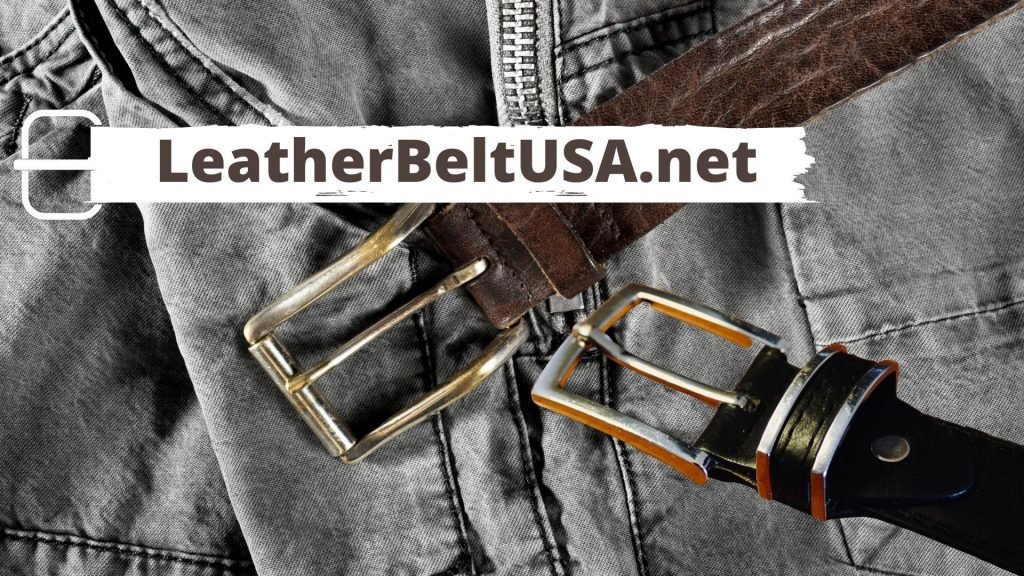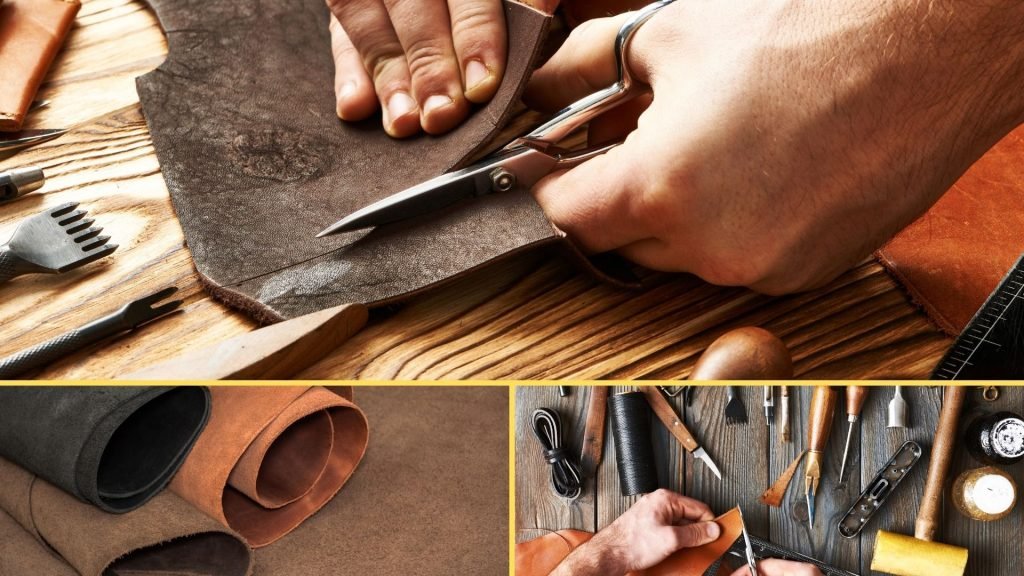A good leather belt is an essential fashion item that should be present in every man’s wardrobe. Not only does it serve the basic function of holding up your pants, but it also adds a touch of style and sophistication to your outfit. However, with so many different types of leather belts available on the market, finding the right one for you can be a daunting task. In this comprehensive guide, we will take a closer look at the key factors that you should consider before making a decision on which leather belt to buy.
To find the perfect belt size, you will need to take an accurate measurement of your waist or where you would like the belt to sit. You can measure yourself using a cloth measuring tape by wrapping it around your waist or the desired location, making sure it is snug but not too tight. Make a note of your measurement and add a few inches to allow for comfortable wearing and room to move. This resulting number will be your belt size. For example, if your waist measures 34 inches, you may want to consider ordering a belt size of 36 or 38 inches. However, it is important to check the sizing chart of the brand you are purchasing from, as sizes can vary between different companies and styles.
Table of Contents
Types of Leather
The quality of the leather used in the construction of a belt is one of the most critical factors to consider. Leather types can vary greatly in terms of texture, thickness, and durability, and each type offers unique benefits. Here are some of the most common leather types used for belts:
- Full-grain leather
- Top-grain leather
- Bonded leather
- Genuine leather
Full-grain leather
Full-grain leather is widely considered to be the highest quality leather available. It is made from the top layer of the hide and retains all of the natural grain and imperfections of the leather. This type of leather is thick, heavy, and extremely durable, making it an excellent choice for a belt that will last for many years.
Top-grain leather
Top-grain leather is the second-highest quality leather and is made by removing the outer layer of the hide and sanding down the surface. This process removes imperfections and produces a smooth, uniform texture. While top-grain leather is not as durable as full-grain leather, it is still a high-quality and popular choice for belts.
Bonded leather
Bonded leather is made by bonding together small scraps of leather with an adhesive and then forming them into a sheet. Although this type of leather can be cheaper than full-grain or top-grain leather, it is generally of lower quality and does not last as long.
Genuine leather
Although the name might suggest otherwise, genuine leather is actually one of the lower quality types of leather. It is made from the bottom layer of the hide and is generally thinner and less durable than full-grain or top-grain leather. However, it can still be a good choice for a budget-friendly belt.
Belt Width and Length
The width and length of a belt are also important considerations when choosing a leather belt. Belt widths can vary from around 1 inch to 2 inches or more, and different widths can be more suitable for different occasions and body types. For example, a wider belt may be more appropriate for casual wear, while a narrower belt may be better for formal occasions. The length of a belt is also important, and it is essential to choose a belt that fits properly. Most belts are sized according to waist size, but it is essential to measure properly to ensure the best fit. A belt that is too long or too short can be uncomfortable or look unprofessional.
Belt Buckles
The buckle is the part of the belt that holds the excess length of the belt in place and can be a significant factor in the overall style of the belt. Belt buckles come in a wide variety of shapes, sizes, and materials. Some common materials used for buckles include:
- Brass
- Stainless steel
- Silver
- Gold
- Carbon fiber
When choosing a buckle, it is essential to consider the overall style and color of the belt. A buckle that clashes with the color or style of the belt can detract from the overall look of the outfit.
Belt Color
The color of a leather belt is also an essential factor to consider. Belt colors can vary from black to brown to more unconventional colors like red or blue. When choosing a belt color, it is important to consider the color of the shoes and other accessories that will be worn with the outfit. A black belt is generally more appropriate for formal wear, while a brown belt is more suitable for casual wear.
Pros and Cons
Comparison
When comparing leather belts, the most critical factor to consider is the quality of the leather used in the construction of the belt. Full-grain and top-grain real leather are generally the best choices, as they are durable and high-quality. Belt width and length, buckle style and color, and belt color are also essential factors to consider when selecting a leather belt.
Conclusion
In conclusion, a leather belt is an essential item that should be present in every man’s wardrobe. With so many different types of leather belts available, it is essential to consider factors such as leather quality, belt width and length, buckle style and color, and belt color when making a decision. By choosing a high-quality leather belt that fits well and complements the overall outfit, you can add a touch of style and sophistication to any look.


